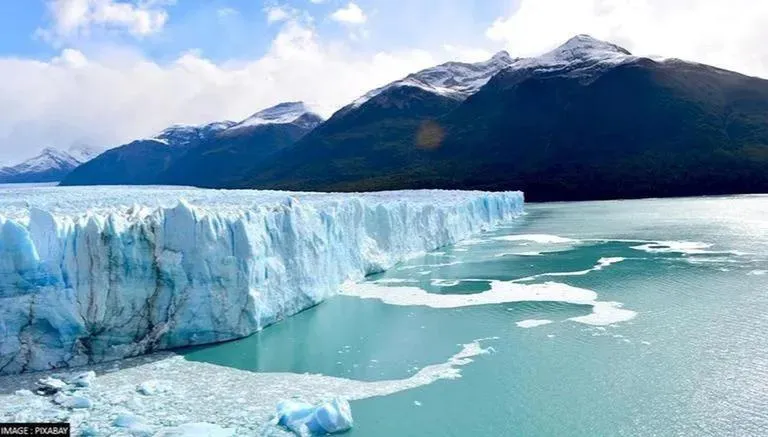A new study has shown that the world’s glaciers are melting and receding more quickly than previously anticipated, with two-thirds of them expected to disappear by the end of the century if present climate change trends continue.
However, the study found that if efforts are made to keep global warming to only a few more tenths of a degree and achieve international targets, which is technically feasible but highly improbable, just less than half of the world’s glaciers will vanish.
According to the study’s authors, the majority of tiny, well-known glaciers are on the verge of extinction. They noted that 83 per cent of the world’s glaciers would likely vanish by the year 2100 in the worst-case scenario of several degrees of warming.
Read also: CDP recognizes Ericsson as leader in climate performance, reporting
Except for those atop ice sheets in Greenland and Antarctica, all 215,000 land-based glaciers on the planet were thoroughly evaluated in the study, which was published in the journal Science on Thursday.
The number of glaciers that would vanish, the amount of ice that would melt (in trillions of tonnes), and the amount that it would contribute to sea level rise were then calculated by scientists using computer simulations and various levels of global warming.
According to the study, projected ice loss by the year 2100 varies between 38.7 trillion metric tonnes and 64.4 trillion tonnes, depending on how much the planet warms and how much coal, oil, and gas are consumed.
Story was adapted from Aljazeera.
